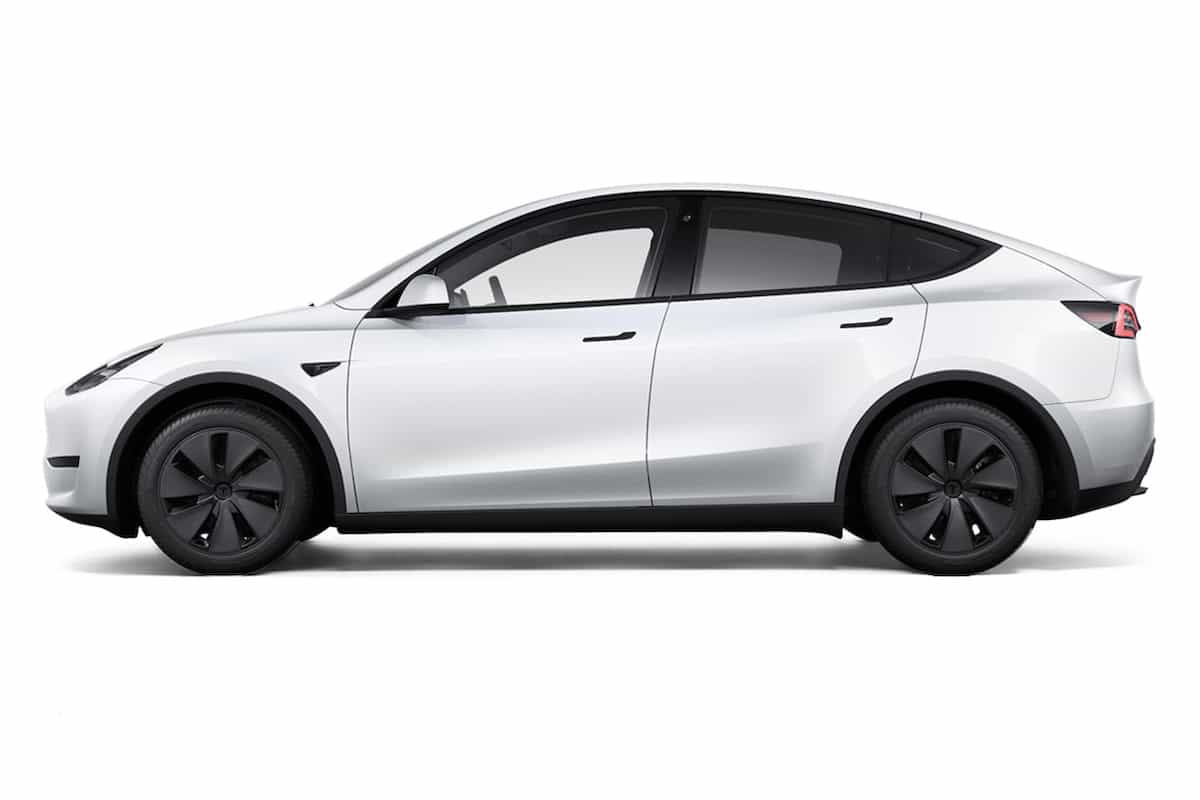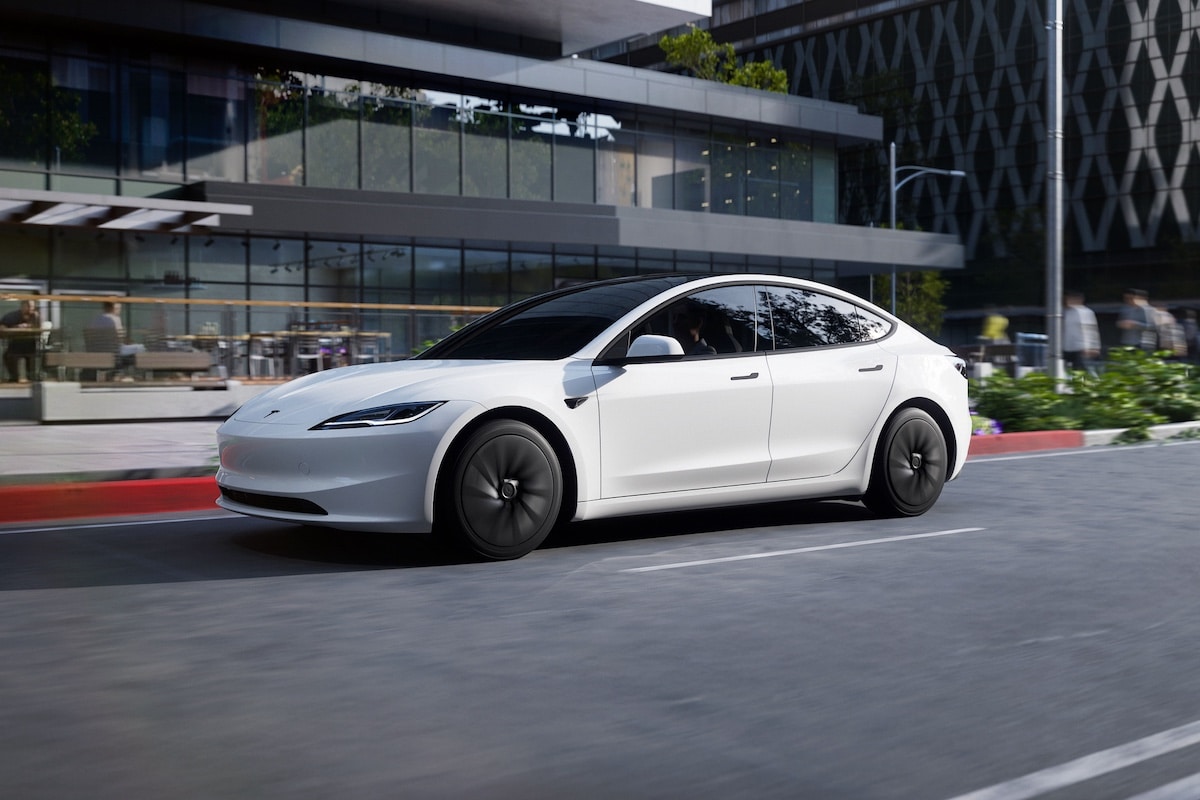Prime CEE, Eco Bonus 2025: Aid Amounts and Penalties

As of July 1, 2025, the ecological bonus is no longer a direct aid from the French government but is channeled through Energy Savings Certifications.
The French government is facing budget shortfalls, and therefore, it has decided, starting July 1, 2025, to revise the funding method for the ecological bonus. It will no longer be paid through public taxes but via obligations imposed on energy suppliers. Consequently, it is more accurate to speak of Energy Savings Certificates, or EEC, than of the ecological bonus from now on.
Energy providers (EDF, TotalEnergies, etc.) are required by the state to encourage energy savings. To do this, they must finance assistance programs for individuals, such as home insulation, replacing a boiler… and now, purchasing an electric vehicle.
But where is the interest for energy companies to fund the EEC instead of the state? Because they are required to do so… and it costs them less to help you than to pay penalties. Since 2005, France has required energy providers to prove that they help their customers save energy.
When an energy provider finances a subsidy, they receive in return a CEE certificate corresponding to a theoretical amount of energy saved. This certificate can then be sold to polluting entities. A neat form of populism at low cost…
Finally, a customer switching from traditional to electric will see an increase in domestic consumption, allowing the energy provider to also benefit financially over the long term.
New 2025 amounts for the ecological bonus
The amount of the 2025 ecological bonus — or EEC 2025 — varies based on the household’s reference taxable income (RFR) per share:
- €4,200 for households with RFR per share less than or equal to €16,300.
- €4,200 for RFR between €16,301 and €26,200.
- €3,100 for RFR above €26,200.
The aid can be granted at most once every 3 years per person.
Additionally, residents of overseas departments receive a €1,000 increase, provided the vehicle is used in the region for at least six months after purchase.
Vehicle eligibility criteria
To qualify for the new 2025 ecological bonus, the vehicle must meet the following criteria:
Type of vehicle: Only new electric or hydrogen passenger cars are eligible. Light utility vehicles, motorcycles, tricycles, and quadricycles are no longer covered by the scheme.
- Be 100% electric (or hydrogen),
- Cost less than €47,000 including tax (battery included),
- Weigh less than 2,400 kg,
- Have a minimum environmental score (calculated by the government, considering manufacturing impact),
- Be purchased or leased for at least 2 years,
- And be billed between July 1 and December 31, 2025.
Application procedure for the 2025 ecological bonus
Buyers have two options to obtain the 2025 ecological bonus:
- Upfront deduction by the dealer: Some dealerships deduct the bonus amount directly from the sale price. This advance must be clearly indicated on the invoice.
- Personal application: If the dealer does not offer this advance, the buyer can apply for the bonus via the dedicated online service. The aid request must be made within 6 months of the billing or the first leasing payment.
The previous bonus remains available for orders placed before July 1, with invoicing before September 30, 2025.
Elimination of certain aids
The decree of November 29, 2024, also confirms the elimination of some aids:
- Conversion premium: This aid, which encouraged replacing old vehicles with less polluting models, is discontinued. Its amount was €1,500.
- Assistance for electric utility vehicles: Vans and other light utility vehicles are no longer eligible for the ecological bonus.
2025 Eco-tax (Malus)
The eco-tax, or CO₂ emission tax, is a fiscal measure aimed at penalizing the purchase of new vehicles emitting significant amounts of carbon dioxide. For 2025, the eco-tax scale has been revised to strengthen its environmental impact.
2025 amounts for the eco-tax
As of January 1, 2025, a new eco-tax grid applies, based on CO₂ emissions combined with vehicle weight.
| CO₂ emissions WLTP (g/km) | Malus amount |
| <= 117 g | €0.00 |
| 118 g | €50.00 |
| 119 g | €75.00 |
| 120 g | €100.00 |
| 121 g | €125.00 |
| 122 g | €150.00 |
| 123 g | €170.00 |
| 124 g | €190.00 |
| 125 g | €210.00 |
| 126 g | €230.00 |
| 127 g | €240.00 |
| 128 g | €260.00 |
| 129 g | €280.00 |
| 130 g | €310.00 |
| 131 g | €330.00 |
| 132 g | €360.00 |
| 133 g | €400.00 |
| 134 g | €450.00 |
| 135 g | €540.00 |
| 136 g | €650.00 |
| 137 g | €740.00 |
| 138 g | €818.00 |
| 139 g | €898.00 |
| 140 g | €983.00 |
| 141 g | €1,074.00 |
| 142 g | €1,172.00 |
| 143 g | €1,276.00 |
| 144 g | €1,386.00 |
| 145 g | €1,504.00 |
| 146 g | €1,629.00 |
| 147 g | €1,761.00 |
| 148 g | €1,901.00 |
| 149 g | €2,049.00 |
| 150 g | €2,205.00 |
| 151 g | €2,370.00 |
| 152 g | €2,544.00 |
| 153 g | €2,726.00 |
| 154 g | €2,918.00 |
| 155 g | €3,119.00 |
| 156 g | €3,331.00 |
| 157 g | €3,552.00 |
| 158 g | €3,784.00 |
| 159 g | €4,026.00 |
| 160 g | €4,279.00 |
| 161 g | €4,543.00 |
| 162 g | €4,818.00 |
| 163 g | €5,105.00 |
| 164 g | €5,404.00 |
| 165 g | €5,715.00 |
| 166 g | €6,126.00 |
| 167 g | €6,537.00 |
| 168 g | €7,248.00 |
| 169 g | €7,959.00 |
| 170 g | €8,770.00 |
| 171 g | €9,681.00 |
| 172 g | €10,692.00 |
| 173 g | €11,803.00 |
| 174 g | €13,014.00 |
| 175 g | €14,325.00 |
| 176 g | €15,736.00 |
| 177 g | €17,247.00 |
| 178 g | €18,858.00 |
| 179 g | €20,569.00 |
| 180 g | €22,380.00 |
| 181 g | €24,291.00 |
| 182 g | €26,302.00 |
| 183 g | €28,413.00 |
| 184 g | €30,624.00 |
| 185 g | €32,935.00 |
| 186 g | €35,346.00 |
| 187 g | €37,857.00 |
| 188 g | €40,468.00 |
| 189 g | €43,179.00 |
| 190 g | €45,990.00 |
| 191 g | €48,901.00 |
| 192 g | €51,912.00 |
| 193 g | €55,023.00 |
| 194 g | €70,000.00 |
| > 194 g | €70,000.00 |
2025 new weights-related malus amounts
To determine the weight-related malus, consult the applicable scale for 2025 shown below. Electric vehicles are not affected, unlike plug-in hybrids, which have a range over 50 km electric-only mode, but with a deduction of 200 kg.
Households with at least 3 children may benefit from a reduction in the mass tax (malus mass).
| Fraction of the curb weight | Tax per kg |
| From 0 to 1,599 kg | €0.00 |
| From 1,600 to 1,799 kg | €10.00 |
| From 1,800 to 1,899 kg | €15.00 |
| From 1,900 to 1,999 kg | €20.00 |
| From 2,000 to 2,099 kg | €25.00 |
| From 2,100 kg and above | €30.00 |
Example:
New car registered for the first time in France in January 2025, with a curb weight of 1,950 kg:
- Example:
- New car registered for the first time in France in January 2025, with a curb weight of 1,950 kg
- Mass percentage between 1,600 kg and 1,799 kg: 200 kg x €10 = €2,000
- Mass percentage between 1,800 kg and 1,899 kg: 100 kg x €15 = €1,500
- Mass percentage between 1,900 kg and 1,950 kg: 51 kg x €20 = €1,020
- The total tax amount is €2,000 + €1,500 + €1,020 = €4,520
This rate applies from January 1, 2025.
ALSO READ: Public debate: what do you think of the ecological bonus?
This page is translated from the original post "Prime CEE, malus écologique 2025 : montants des aides et pénalités" in French.
We also suggestthese articles:
Also read







